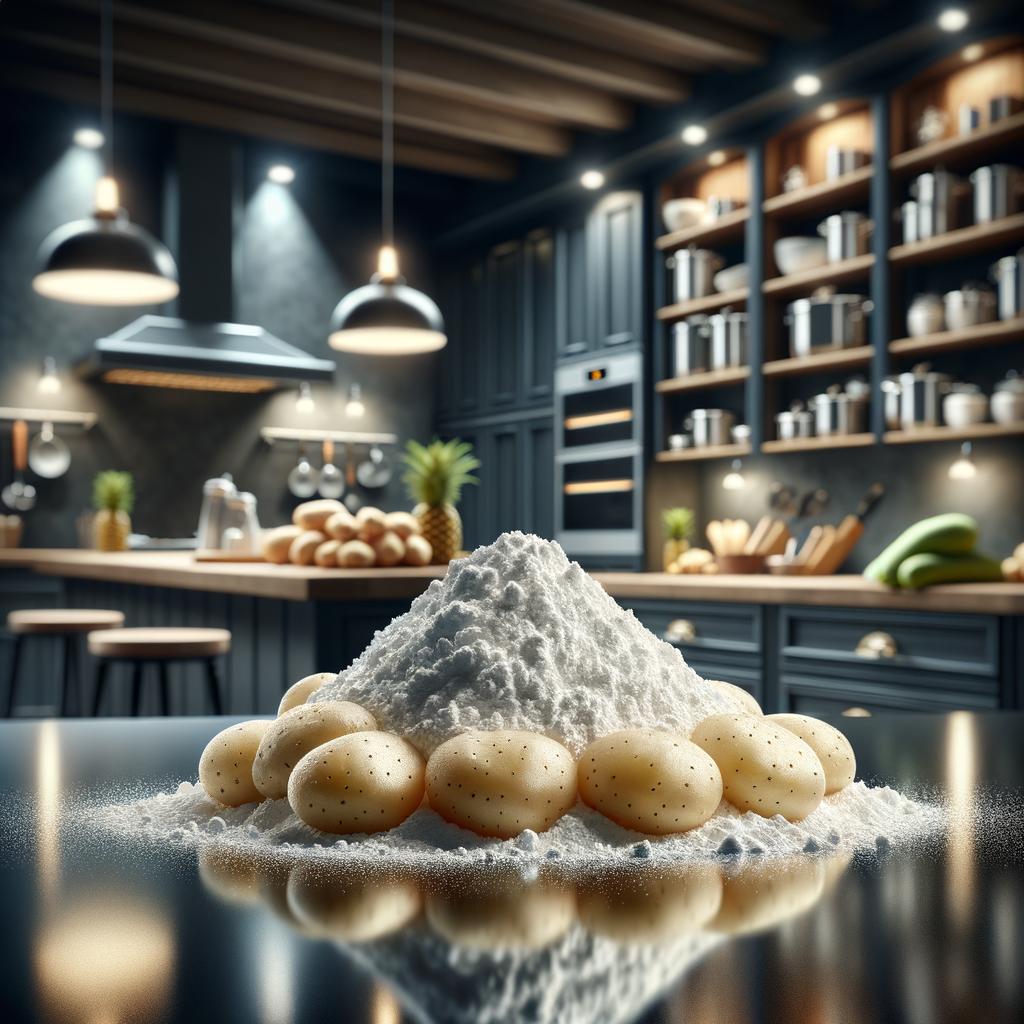Potato Starch or Cornstarch

Description
Potato starch, often known as the invisible helper in the kitchen, is a fine, white powder extracted from potatoes. Its appearance is similar to that of cornstarch, but with a slightly silkier texture. It has a neutral taste, which means it doesn't interfere with the flavor profiles of the dishes it graces. What sets potato starch apart from its corn-based counterpart is its higher tolerance to higher temperatures, making it an excellent thickening agent for sauces, soups, and stews.
Primary Uses
Potato starch is a versatile ingredient that is commonly used as a thickening agent in a variety of dishes, from European sauces to Asian noodles. It's a key component in gluten-free baking, providing structure and density to cakes, cookies, and breads. In addition, potato starch is used in the textile industry for sizing and finishing, and in the pharmaceutical industry as a binder and disintegrant.
History
The humble potato traveled from the Andean mountains to the kitchens of the world, and its starch has been used in cooking for centuries. It was first extracted and used in cooking in Europe in the 18th century. The potato starch industry saw a significant boom in the 19th century, particularly in Germany. Over time, its use has evolved from a simple thickening agent to a vital component in gluten-free and allergen-friendly cooking. There's an old wives' tale that says potato starch can predict the weather: if the starch at the bottom of the container is dry, expect fair weather; if it's damp, expect rain.
Nutritional Information
Potato starch is a rich source of carbohydrates, with a small amount of protein and no fat. It's naturally gluten-free, making it a great alternative for people with celiac disease or gluten intolerance. It's also a good source of resistant starch, which acts as a prebiotic and aids in gut health. However, it's low in fiber and high in calories compared to whole potatoes. Always remember, moderation is key when incorporating potato starch into your diet.

